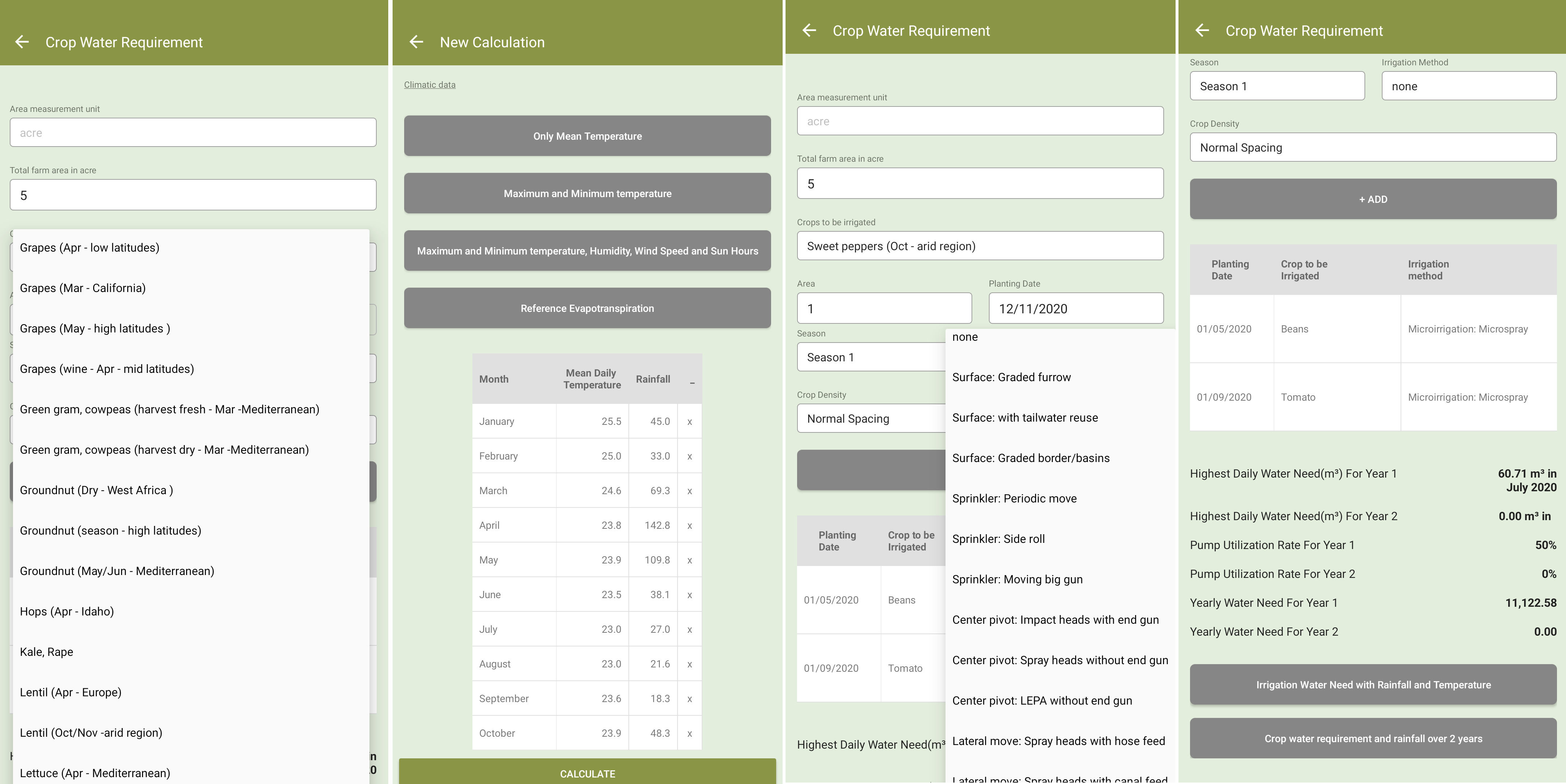We recognized the need to build leadership for effective MPA management from within, and ownership and leadership of the approaches co-developed.
We convened a group of 18 regional and global experts to train the most engaged MPA practitioners across 3 nations as peer trainers in evidence-based (adaptive) management. The expert team first broke down adaptive management into 3 core components: marine monitoring, data summarization and management, and strategic decision making. We then invited applications from MPA staff and engaged community members in 3 national MPA systems (Kenya, Tanzania, and Seychelles) to become peer trainers in one of the areas, as we recognized that no one staff could likely train in all three.
We received 60 applications and invited 30 MPA members to participate in the peer trainer training in Seychelles in August 2019. We developed a 5-day training course. We did 2-days of joint sessions, then each group had 3-days in their individual core areas. The final day was testing in the core concepts. Of the 30 practitioners who participated, 11 passed as peer trainers or assistant peer trainers.
These peer trainers are now working in their respective nations to continue improving MPA management.
Existing leaders in the approaches through past in-country training events willing to become peer trainers.
Willingness of experts to volunteer their time to develop and lead the training.
Building ownership and leadership is key.
5-days probably not enough time for a peer trainer course - ideally, there would be three 5-day courses with time to practice skills in between, but this requires more funding than was available.
